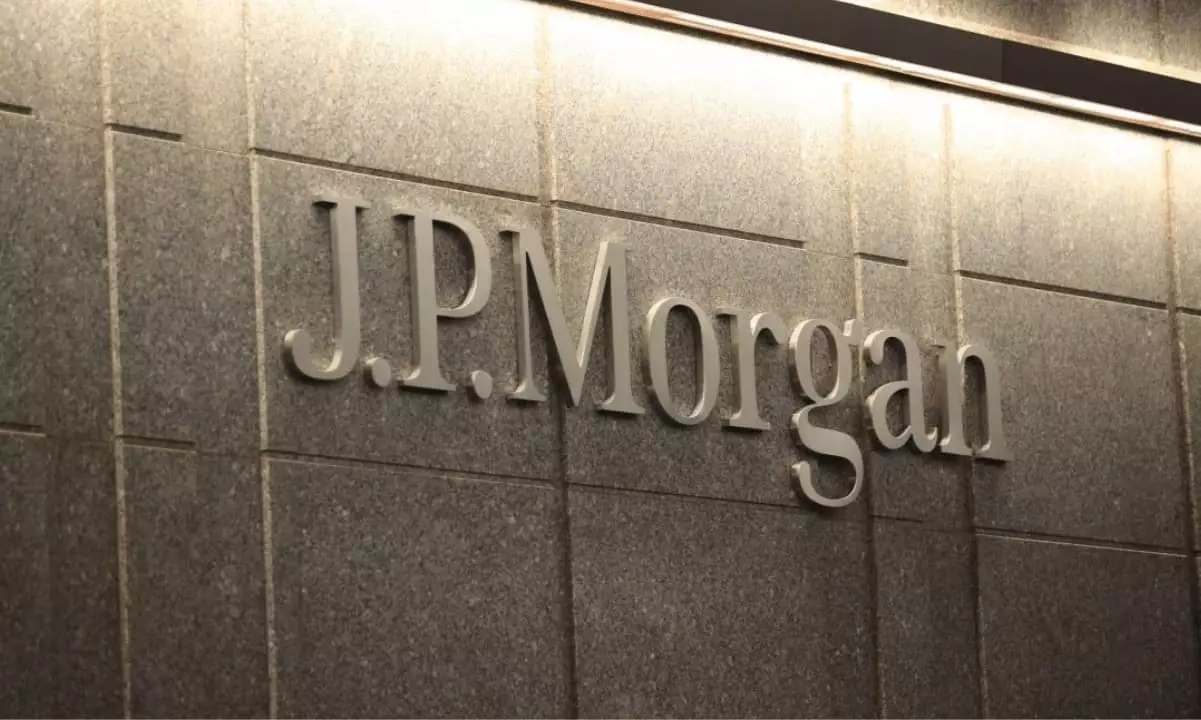The idea of banking giant JPMorgan offering loans collateralized by customer-held cryptocurrencies might seem like a step forward for financial innovation. However, beneath this veneer lies a complex web of risks, contradictions, and challenges that could either revolutionize banking or expose it to unprecedented vulnerabilities. The decision signals a shift in mindset for a traditional institution, long skeptical of the crypto space, but it also raises questions about prudence, oversight, and the very stability of the financial system.
While JPMorgan’s reconsideration of Bitcoin (BTC) and Ethereum (ETH) as collateral assets might seem progressive, it simultaneously unveils a fundamental misunderstanding of how speculative and volatile these digital assets truly are. Past statements from CEO Jamie Dimon branding Bitcoin as a “fraud” and associating it with illicit activities reveal a pattern of skepticism rooted in caution and perhaps disdain. Now, that skepticism is giving way to a pragmatic if cautious acceptance, but one must ask: Can a colossal banking institution truly manage the risks inherent in crypto-backed lending without compromising security or financial integrity?
Furthermore, JPMorgan’s move illustrates a broader trend within the banking sector—an awkward dance between innovation and caution. Competitors like Morgan Stanley and E-Trade are inching toward crypto services, yet the hesitant giants like Goldman Sachs remain on the sidelines. For JPMorgan, the balance lies in navigating regulatory ambiguities while trying to capture the lucrative crypto market, despite considerable concerns surrounding money laundering, criminal activity, and technical challenges. Can this fine line be maintained without compromising the bank’s stability or reputation? The temptation to capitalize on the crypto boom may overshadow these critical concerns.
The potential deployment of loans backed by actual digital assets, rather than just ETFs or other derivatives, represents a risky leap. Digital assets are inherently volatile, subject to market manipulation, hacking, and regulatory crackdowns. Collateralized loans necessitate a clear, secure mechanism for managing assets—what happens if a client defaults and the bank must seize and liquidate volatile cryptocurrencies? The technical and security challenges are immense, and any failure could trigger a cascade of losses. This is not just an issue of managing assets but of safeguarding the entire banking infrastructure from digital chaos.
In contrast to JPMorgan’s bold but risky ambitions, the wider regulatory environment appears to be cautiously evolving. The recent passage of legislation to regulate stablecoins and the Federal Reserve’s loosening of restrictions on crypto activities signal a government eager to legitimize digital assets. While these developments seem positive on the surface, they also reflect the uncertainty that still pervades the industry. Will regulatory clarity be enough to ensure responsible crypto lending, or will it merely create a framework ripe for abuse and financial instability? Let’s not forget that unregulated or poorly regulated markets have historically led to crises, and crypto’s dark alleys remain riddled with scams, hacks, and criminal nexus.
It is significant to observe the ideological undercurrents shaping these decisions. JPMorgan’s initial outright rejection of crypto was based on associations with illegality and fraud, but pragmatic recognition now emerges amidst changing political winds and growing acceptance of digital assets. Nonetheless, this acceptance should not be mistaken for genuine confidence; rather, it appears to be a calculated risk—a gamble that the rewards outweigh the potential for chaos. For a banking industry that prides itself on stability and risk management, embracing crypto-based collateral could be a double-edged sword.
More fundamentally, the move highlights a battle within the financial sector: innovation versus prudence. Banks like JPMorgan are feeling the pressure to innovate and thrive amid competitive markets, but the cost of reckless experimentation may not just be financial—it could threaten broader societal trust in financial institutions. If digital assets are to truly integrate into mainstream finance, they must be approached with a realistic understanding of their risks, not just enthusiasm for profit.
In the end, JPMorgan’s gamble on crypto-backed loans reveals a stark truth: the financial industry is at a crossroads. It can either learn to harness digital assets responsibly or succumb to overconfidence and chaos. This delicate dance between progress and peril will define the future—not just of JPMorgan, but of the entire banking system and the wider economy.

